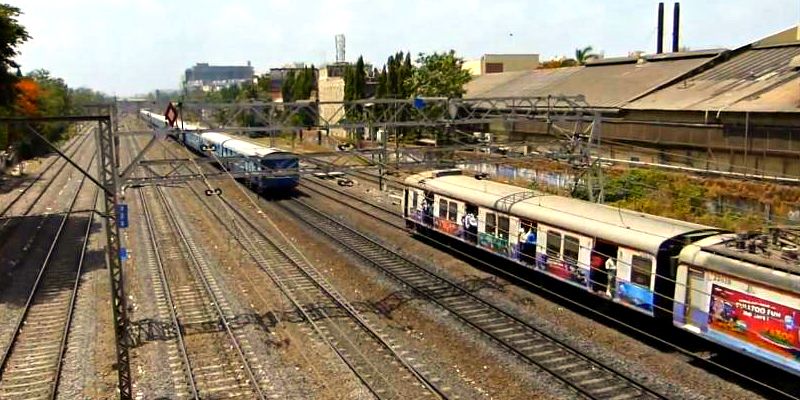The end of golden-cookie era for a Mumbaikar: Parle-G factory shuts shop in the very place it took its name from
Since I grew up in the Bombay of the 90s, my field trips from school meant the envy-inducing opportunity of visiting dainty neighbourhood mills and shop floors that, in the exorbitant Mumbai of today, have no business – literally and figuratively – being within the urbanised limits of a city. While the trips to the smaller plants were all terribly exciting experiences, every time our schools managed to strike a deal with Parle-G’s Vile Parle manufacturing unit (which was less than a kilometre away from where I lived) for a visit, that was the equivalent of scoring a date with the Disneyland of factories.

For those of you who are wondering, it didn’t look anything like Disneyland. It didn’t spotless white walls infused with shiny metallic gear like those factories featured on the Discovery Channel. Parle-G didn’t adhere to these standards of beauty – it focused, solely and unabashedly, on doing what it existed for – producing the world’s highest manufactured biscuits, adored by humans and their furry friends alike. The building was of an intimidating size and countenance, but the interiors were the smell of childhood and simpler times, serving as a deliciously warm and toasty reminder that home can be a feeling too, not just a place.
The flagship factory, Parle’s very first, has been around in Mumbai’s suburb Vile Parle for so long, that people here have a chicken and egg dilemma about which of them inspired the name of the other. Most people lean towards the idea that the area took the 87-year-old factory’s name – which is incorrect. But even as the factual accuracy of their belief is questionable, the impact of this factory on the landscape of the suburb isn’t.
It is a real shame, then, that the factory wasn’t able to contribute substantially enough to their production volumes for it to be viable for the Chauhan family to keep alive and resuscitate it. Over the last few years, the production output from the factory was negligible, forcing the owners to call it a day for the landmark. In fact, they had halted production at the unit a few weeks ago itself, owing to its faltering production capacity that was proving to be uneconomical for the owners.
However, the Chauhans have decided to retain the strategically located 10-acre prime property. They haven’t disclosed their plans regarding the land’s future use yet. The land could fetch them anywhere between Rs 28,000 and Rs 35,000 per square foot, but it will be just as lucrative an asset to hold on to.
Built in 1929, the Parle factory first manufactured candies. It only diversified into biscuit production a decade later, in 1939. Today, with the Rs. 10,000 Crore company’s vast array of eatables across the chocolate, baked goods, drinks and confectionaries categories – like the Parle-G biscuits, Frooti, Melody chocolates, Mango Bite candies, Monaco, KrackJack, Hide & Seek, Bourbon, Appy, Parle Poppins and the pocket-friendly Kismi, they hold a staggering 40 percent share in the biscuit market and a 15 percent share of the total confectionery market in India.
The factory’s closure may not affect the overall production of the giant, and may not even really change much in Mumbai’s industrial landscape. Not many will really miss the dingy building that reeked of fading glory; but for me, the peeling walls and rickety floors were more than compensated for by the factory’s staff, just as ancient, and hence, just as wise and doting, as they so earnestly carried us in their arms and took us across the machines that were powered by the life, blood and tales of all 300 of them. Most of them had started their careers there, after all, and stuck around for decades and decades, with the kind of loyalty that the best of us are incapable of, for a corporate overlord. No wonder they all took a voluntary retirement in a civil and satisfied manner when the closure was announced. The company had served them well.
Most people are too caught up in their own agendas to marvel at the staggering structure when the train zips past it. But for me, being woken up with the most delightful aroma so thick in the air after a long day at work, reminding me that home was near in more ways than one, is an experience that cannot be replaced. This is the end of an era – a golden one at that, like the moist, warm, golden-brown biscuits handed out to us at the end of those dreamy visits, the taste of which became synonymous with the smaller joys worth living for.











